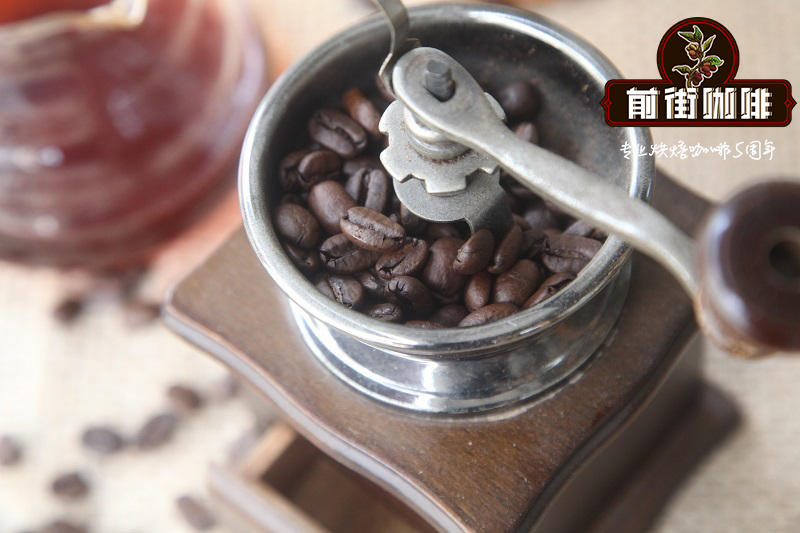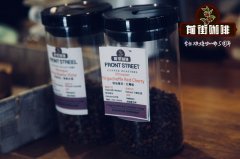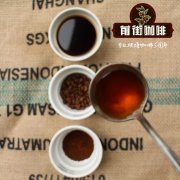Rwanda Coffee Origin Rwanda Cooperative Coffee how to buy Rwandan Coffee

In Rwanda, it is incredibly neat. It is even forbidden to bring plastic bags into this densely populated small country. The charming streets are colorful and lively, and the same atmosphere is found in coffee processing facilities. I feel leisurely and comfortable, not confused at all.
The origin of Rwandan coffee
In Rwanda, berries (or cherries) are picked by hand and transported to a processing station, where barefoot men sing barefoot on coffee cherries in outdoor cans.
Once separated from the cherry, separate the beans and rake-shaped tool beans with water. After sorting, put the beans in the sun to dry. As beans are sensitive to humidity, a sudden breeze blows the rain, prompting workers to take action because the table needs to be quickly covered with tarpaulins.
Coffee chains vary widely from country to country: in Rwanda, production is entirely in the hands of small farmers. Farms range from 0.1 to 0.2 hectares, while farms such as Brazil are small with an area of less than 20 hectares.
Paulig visited coffee farms in Rwanda
AnnaV ä nsk ä, purchasing manager of Paulig, said: "the harvest is just beginning and we have gained a lot of valuable experience during the journey." During the harvest, hundreds or even a thousand farmers sent coffee and cherries to local processing stations on the day of picking.
Marja Touri, the chief sommelier of V ä nsk ä and Paulig, participates in an annual event for 200 to 300 farmers at the coffee processing plant.
"in my speech, I stressed that Pollig attaches importance to the work done by farmers and their efforts to improve quality," said AnnaV ä nsk ä.
Rwanda is surrounded by mountains. The soil is volcanic, so it is good for coffee cultivation.
"one of the most beautiful countries I've ever been to," Fanska said.
Important Notice :
前街咖啡 FrontStreet Coffee has moved to new addredd:
FrontStreet Coffee Address: 315,Donghua East Road,GuangZhou
Tel:020 38364473
- Prev

African boutique coffee | what is the difference in coffee flavor between Ethiopia and Kenya
Coffee beans from African countries are my favorite. When I first tried African coffee beans, what triggered me was that coffee didn't taste like coffee at all. Africa, and more specifically East Africa, produces some of the world's most unique coffee, characterized by bright floral aromas, fruit and wine tones, and rich acidity. All in all, African coffee beans are full of flavor! I encourage
- Next

Introduction to Coffee Culture | Finnish Coffee Culture what are the customs of Finnish coffee
When, how and when do Finns drink coffee? Compared with people in other countries, Finns are a very strange person because we like which kind of roasting, because 80% of the coffee consumed in Finland is (really) lightly roasted. Only in the past decade have Finns become accustomed to dark roasting. Most coffee is brewed using a drip filter (such as Moccamaster).
Related
- Detailed explanation of Jadeite planting Land in Panamanian Jadeite Manor introduction to the grading system of Jadeite competitive bidding, Red bid, Green bid and Rose Summer
- Story of Coffee planting in Brenka region of Costa Rica Stonehenge Manor anaerobic heavy honey treatment of flavor mouth
- What's on the barrel of Blue Mountain Coffee beans?
- Can American coffee also pull flowers? How to use hot American style to pull out a good-looking pattern?
- Can you make a cold extract with coffee beans? What is the right proportion for cold-extracted coffee formula?
- Indonesian PWN Gold Mandrine Coffee Origin Features Flavor How to Chong? Mandolin coffee is American.
- A brief introduction to the flavor characteristics of Brazilian yellow bourbon coffee beans
- What is the effect of different water quality on the flavor of cold-extracted coffee? What kind of water is best for brewing coffee?
- Why do you think of Rose Summer whenever you mention Panamanian coffee?
- Introduction to the characteristics of authentic blue mountain coffee bean producing areas? What is the CIB Coffee Authority in Jamaica?

